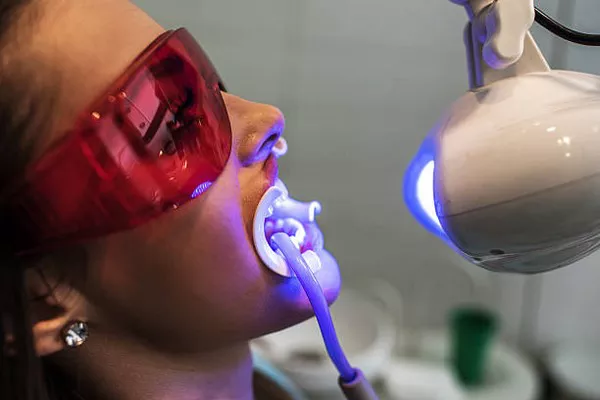Early periodontitis can be a cause for concern, but with the right knowledge and treatment, it can be managed effectively. In this article, we will explore the key steps to treating early periodontitis, providing you with essential information and practical tips to help you maintain optimal oral health. From understanding the signs and symptoms to discussing various treatment options, we’ve got you covered. Let’s delve into the world of periodontitis treatment.
Recognizing the Signs and Symptoms:
Early periodontitis often manifests with subtle signs that may go unnoticed. However, early detection is crucial for effective treatment. Here are some common signs and symptoms to look out for:
a. Bleeding Gums: One of the first signs of early periodontitis is bleeding gums, especially when brushing or flossing. This occurs due to inflammation of the gums.
b. Gum Swelling: Swollen gums, which may appear red and tender, are another indicator of early stage periodontitis.
c. Bad Breath: Persistent bad breath, also known as halitosis, can be an early warning sign, as it is often caused by bacteria in the mouth.
d. Receding Gums: Gums that are pulling away from the teeth, leading to increased tooth sensitivity, can be an indication of periodontal disease.
e. Loose Teeth: In severe cases of early periodontitis, teeth can become loose, making chewing and speaking challenging.
Understanding the Causes:
Before diving into treatment options, it’s important to understand the underlying causes of early periodontitis. The main culprits include:
a. Poor Oral Hygiene: Inadequate brushing and flossing can lead to the accumulation of plaque, which can harden into tartar and cause gum inflammation.
b. Tobacco Use: Smoking and using tobacco products significantly increase the risk of developing periodontitis.
c. Genetics: Some individuals may be genetically predisposed to periodontal disease, making regular dental check-ups even more important.
Treatment Options:
Treating early periodontitis requires a multi-pronged approach. Here are several strategies that can help alleviate the condition:
a. Professional Dental Cleaning: A dental hygienist will remove plaque and tartar buildup during a professional cleaning. This is an essential first step in treating early periodontitis.
b. Scaling and Root Planing: For more advanced cases, scaling and root planing may be necessary. This involves a deep cleaning of the tooth and root surfaces to remove bacteria and prevent further gum disease progression.
c. Antibiotics: In some cases, your dentist may prescribe antibiotics to control infection and inflammation.
d. Lifestyle Changes: Quitting smoking and maintaining a healthy diet can significantly improve periodontitis outcomes.
e. Regular Dental Check-ups: Consistent dental visits can help monitor the progress of your treatment and prevent recurrence.
Home Care Tips for Managing Early Periodontitis:
Your role in treating early periodontitis is vital. Here are some home care tips to complement your professional treatment:
a. Proper Brushing: Brush your teeth at least twice a day using fluoride toothpaste. Ensure you brush for at least two minutes and use a soft-bristle brush to avoid irritating your gums.
b. Flossing: Daily flossing is crucial to remove plaque and debris from between your teeth. Don’t forget to floss gently to avoid damaging your gums.
c. Mouthwash: Use an antiseptic mouthwash to reduce bacteria and promote healthy gums.
d. Healthy Diet: Consume a balanced diet rich in fruits and vegetables to boost your immune system and promote gum health.
The Importance of Timely Treatment:
Early periodontitis may not seem serious at first, but it can progress rapidly if left untreated. In severe cases, it can lead to tooth loss and even affect your overall health. Timely treatment is essential for preventing these complications. According to the American Dental Association, untreated periodontal disease has been linked to heart disease, diabetes, and other systemic health issues.
Conclusion:
In conclusion, early periodontitis is a condition that requires attention, but with the right approach, it can be effectively managed. Recognizing the signs and symptoms, understanding the causes, seeking professional treatment, and maintaining good oral hygiene practices are key components of successful periodontitis treatment. By following the steps outlined in this article, you can take control of your oral health and enjoy a bright, healthy smile for years to come. Remember, the earlier you address periodontitis, the better your chances of a successful outcome. Don’t delay – schedule a dental check-up and start your journey towards healthy gums today.
Related Links:
Why bleeding gums during pregnancy?
Is gingivitis a bacterial infection?
How is gingivitis transmitted?
































